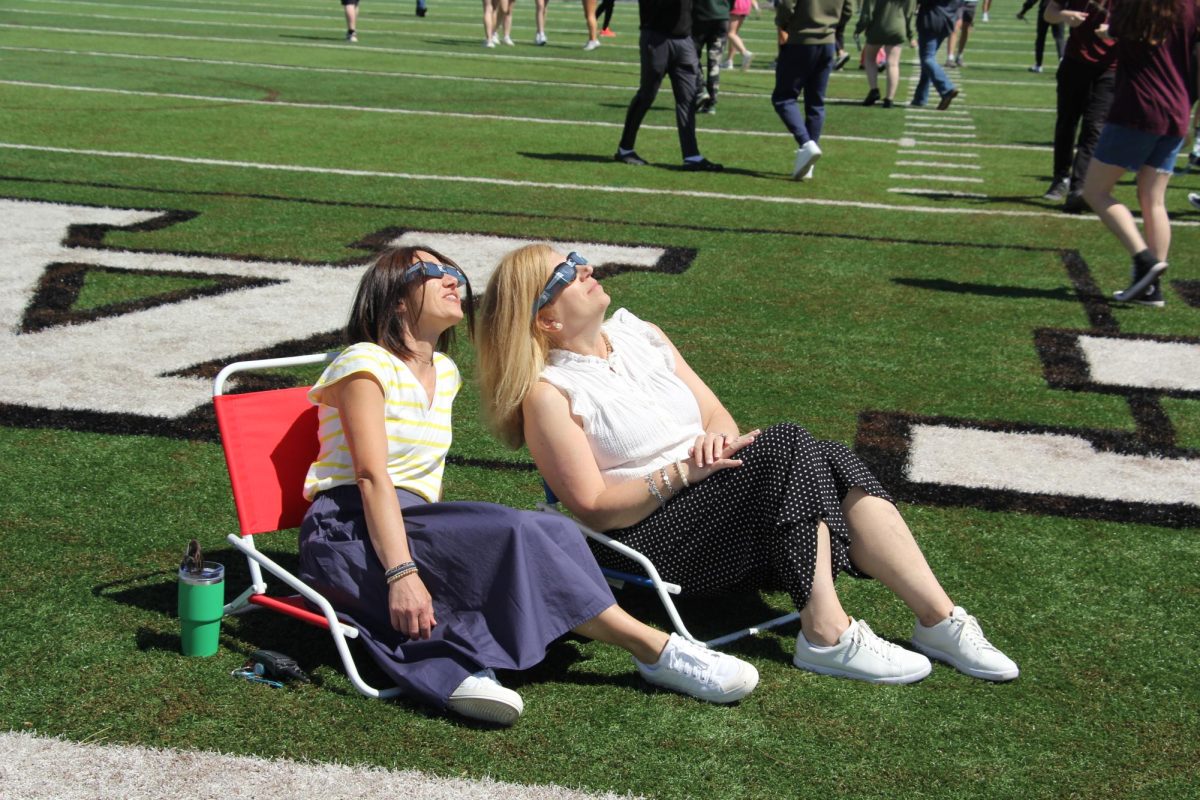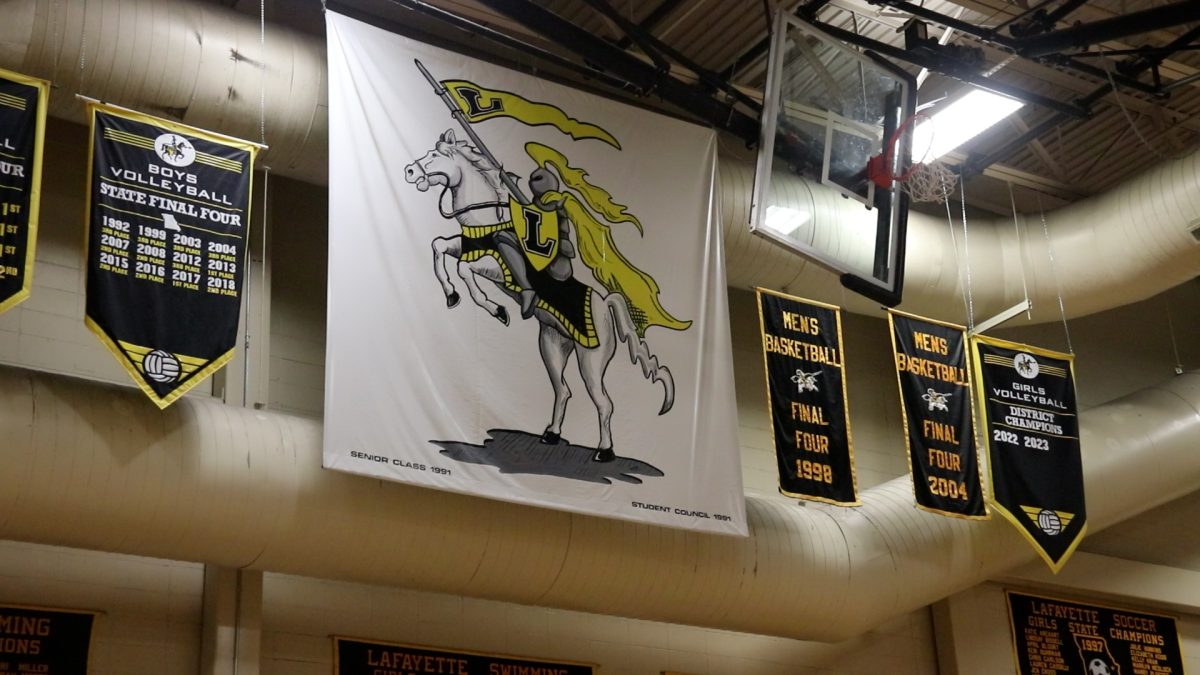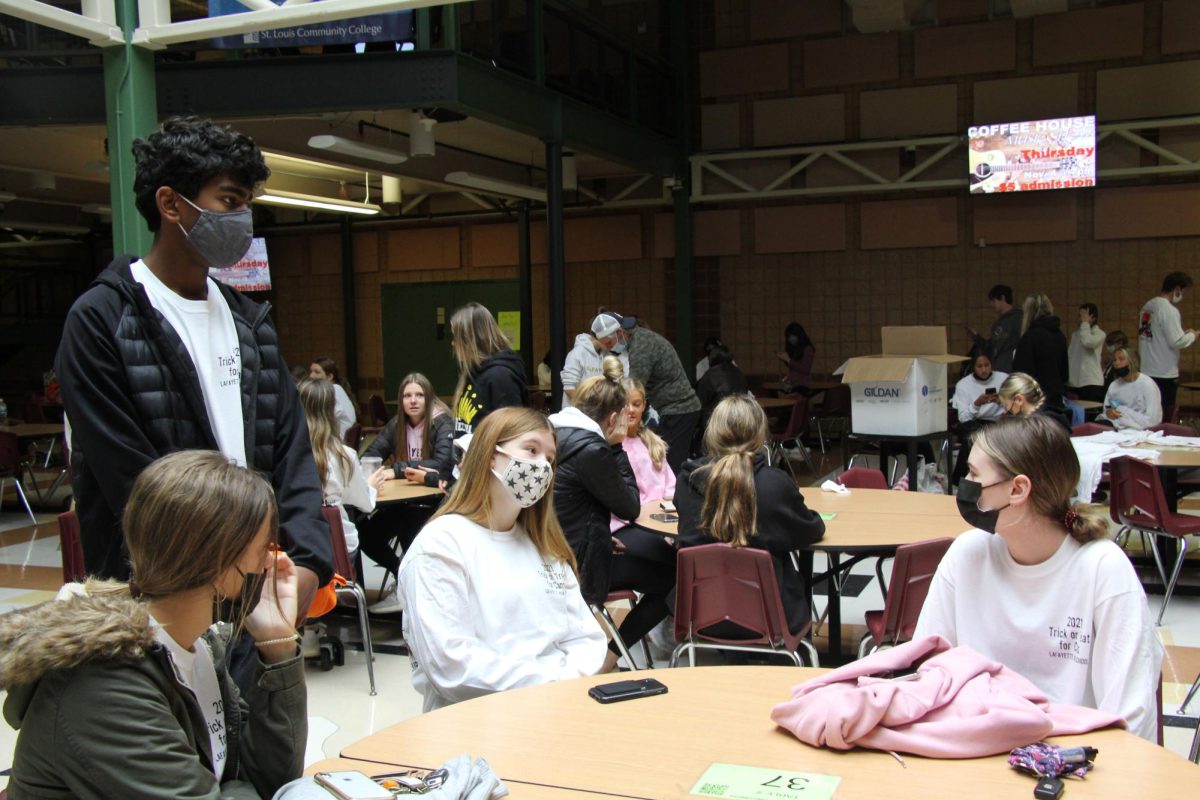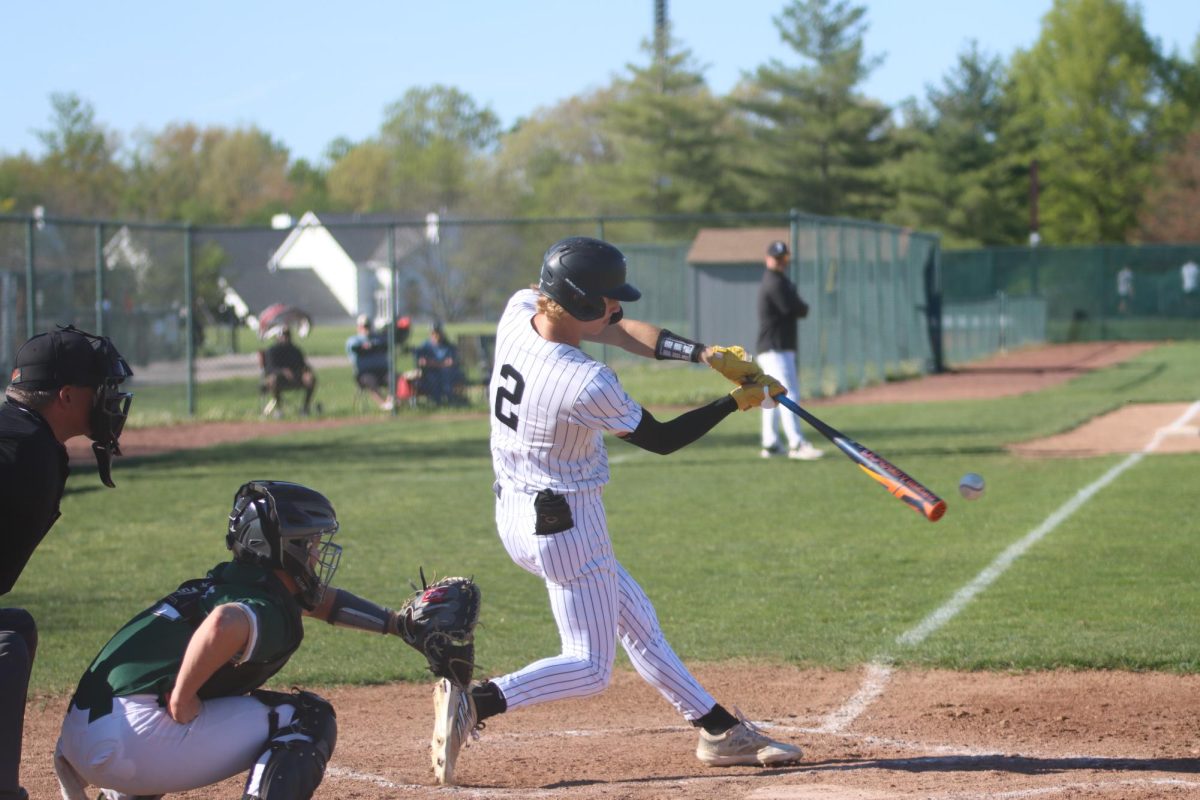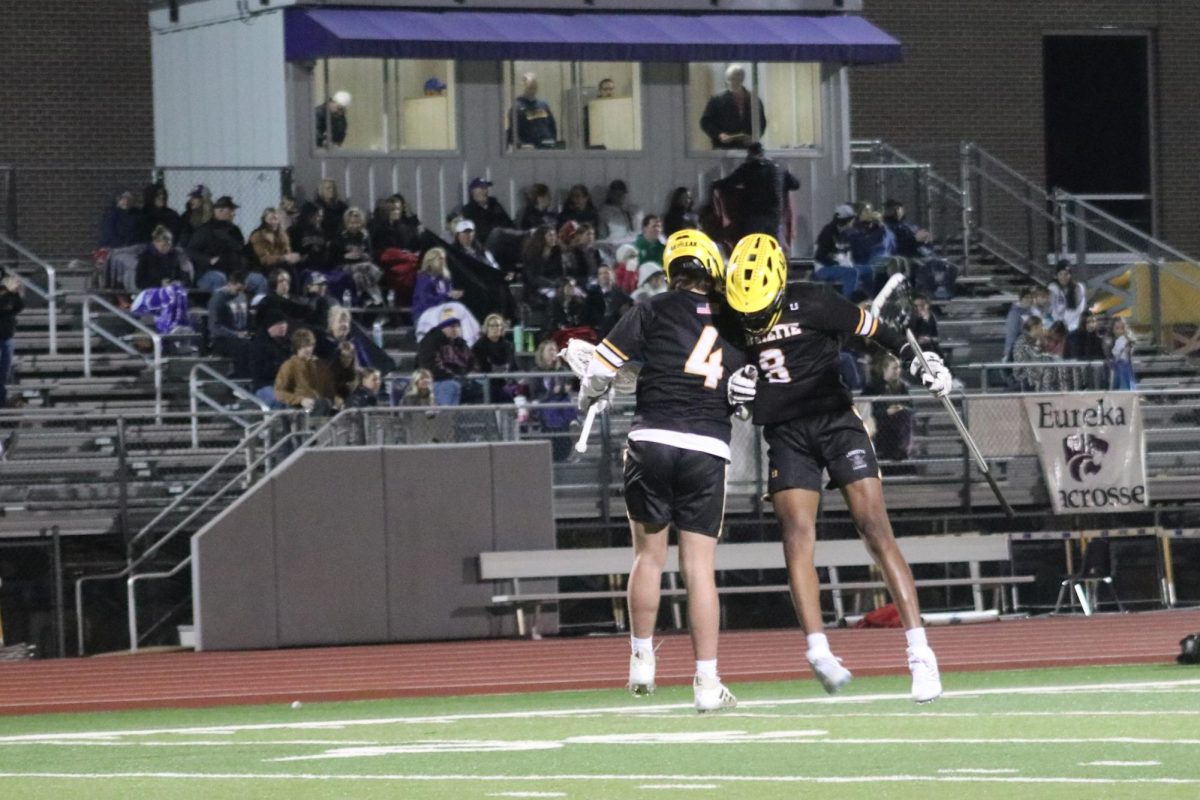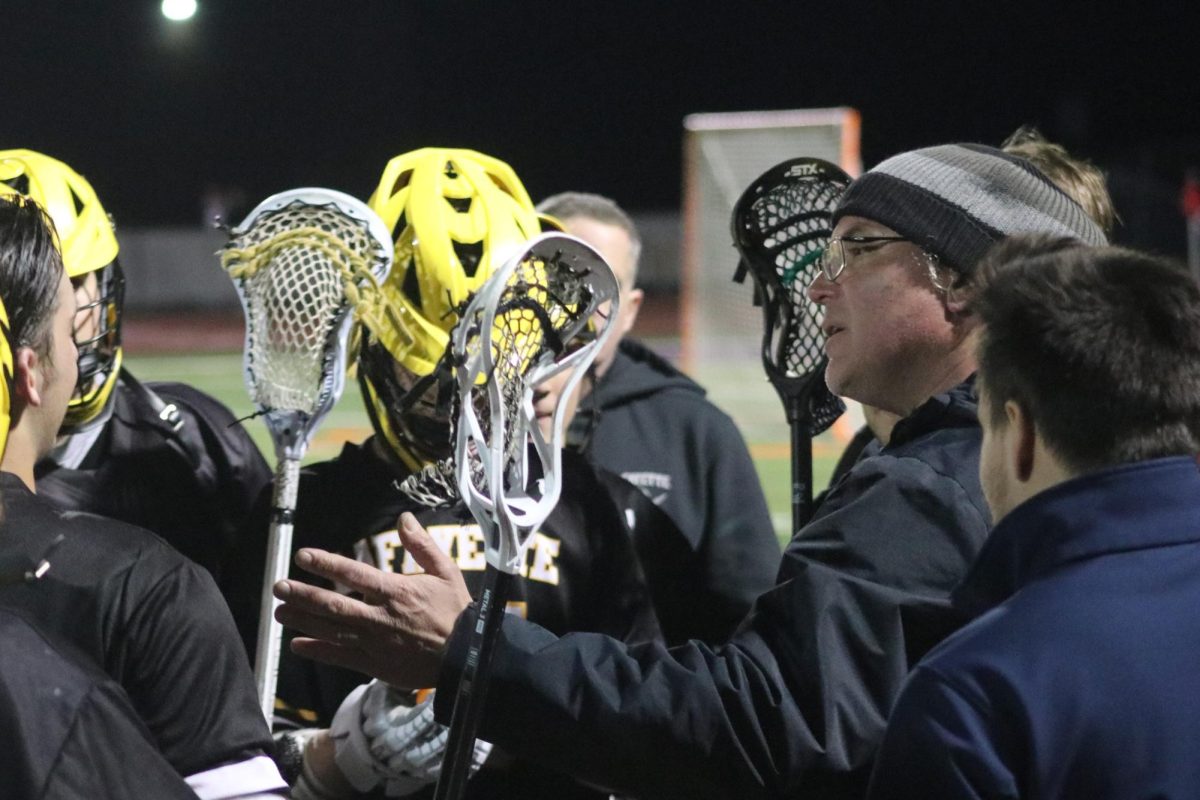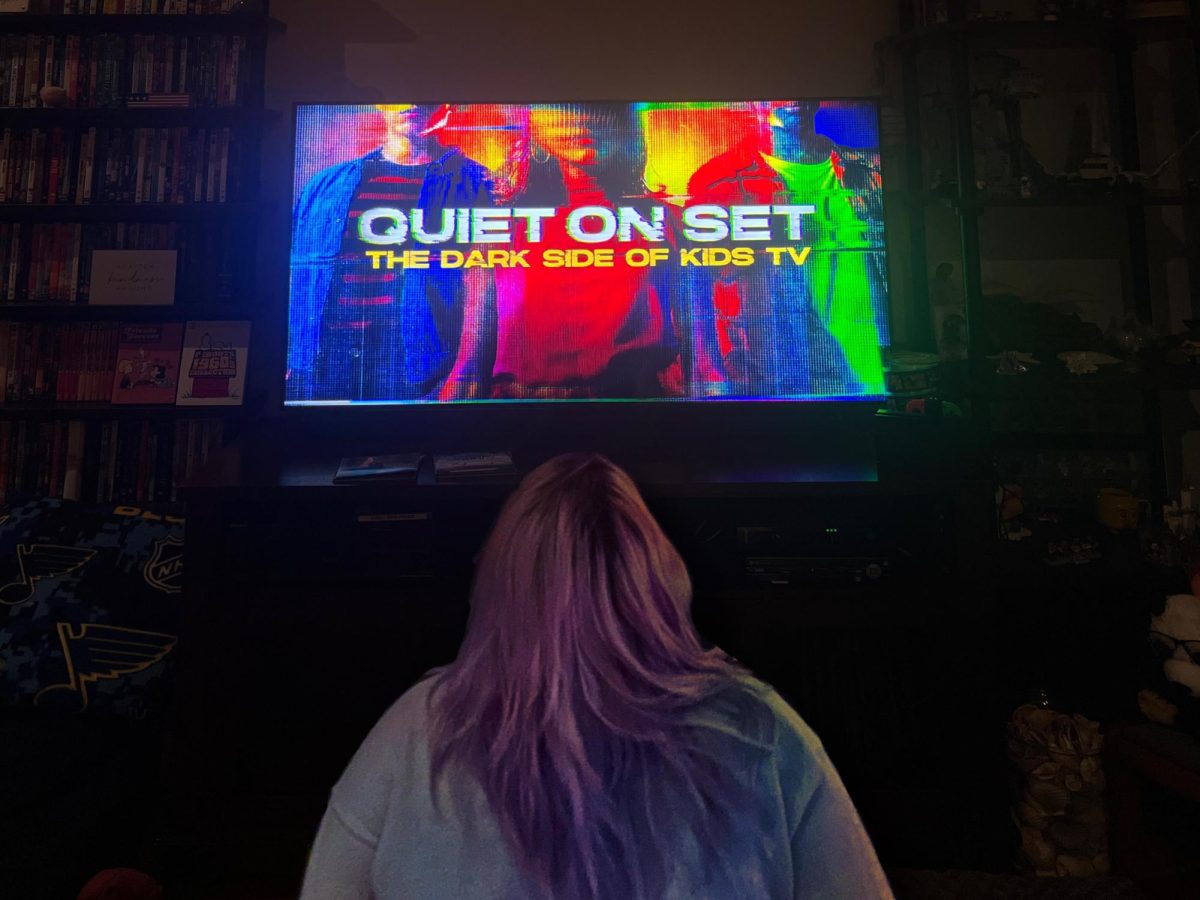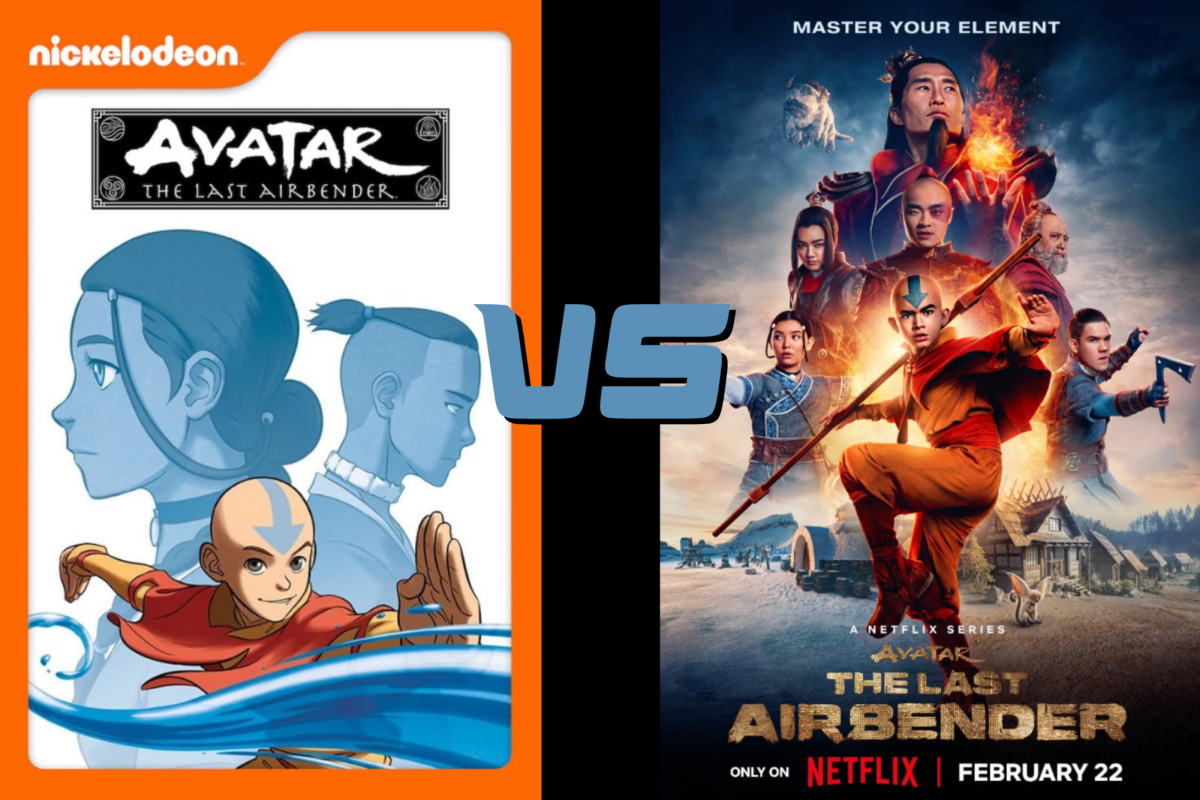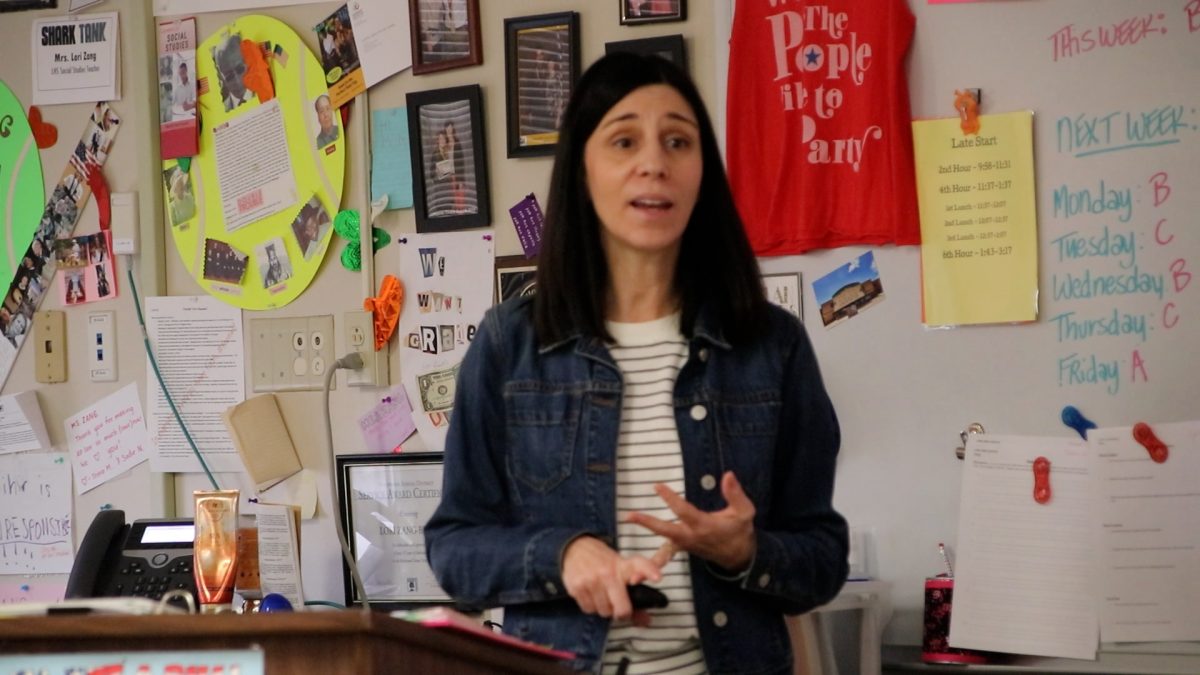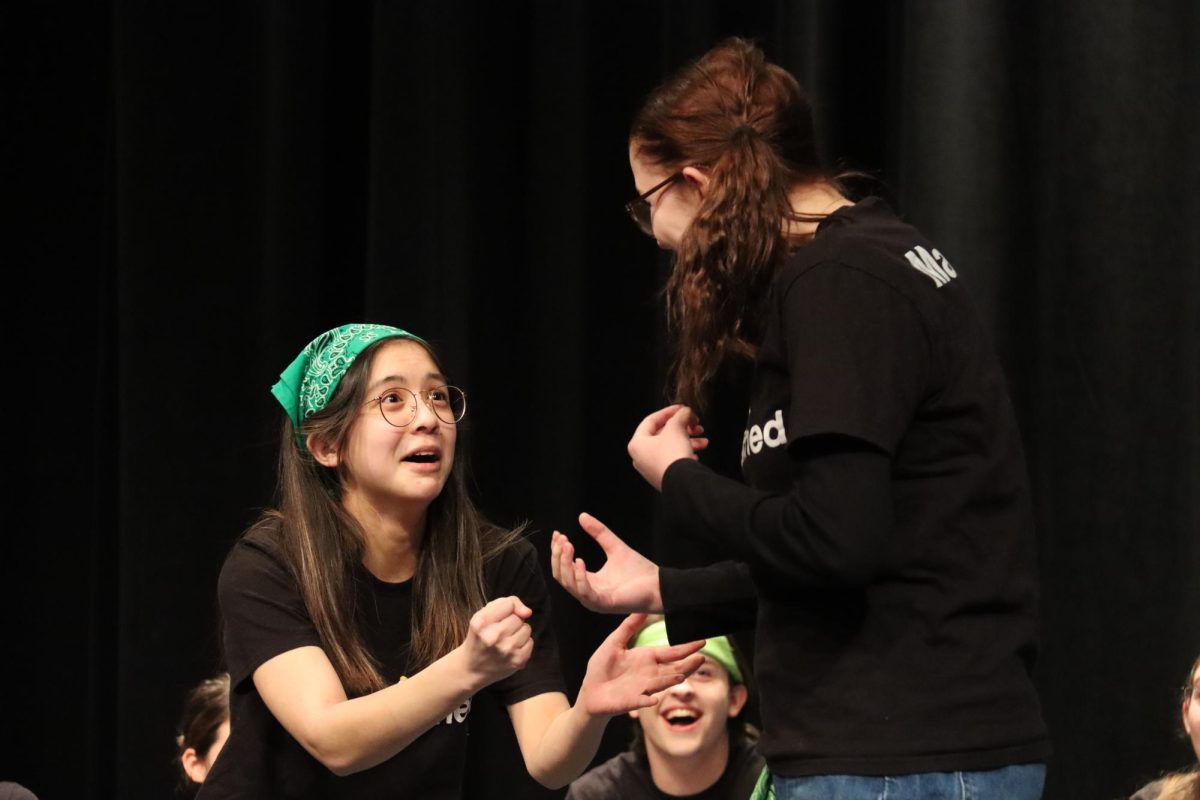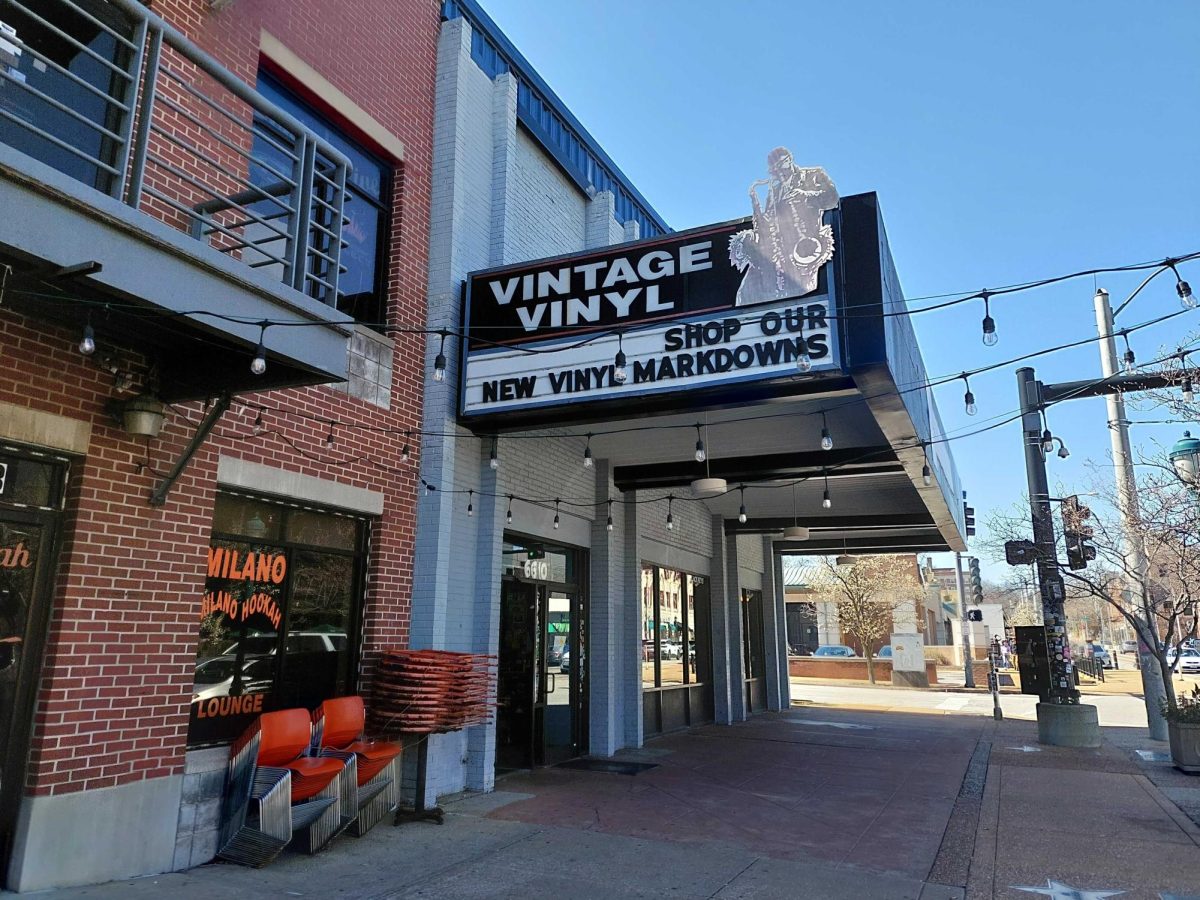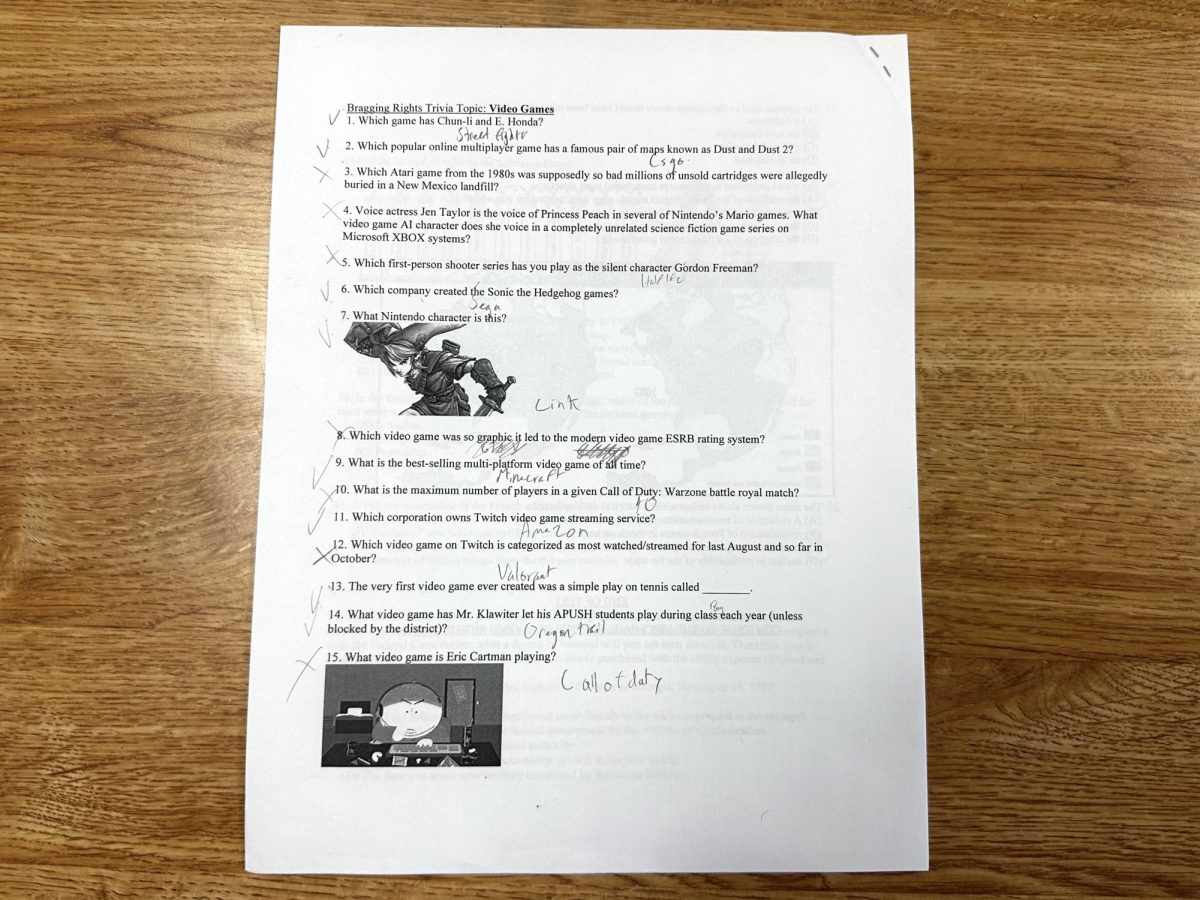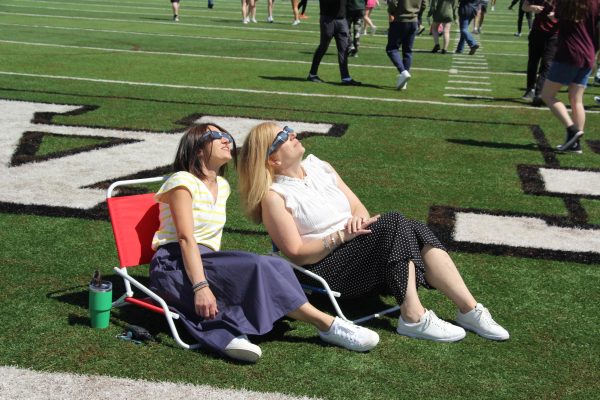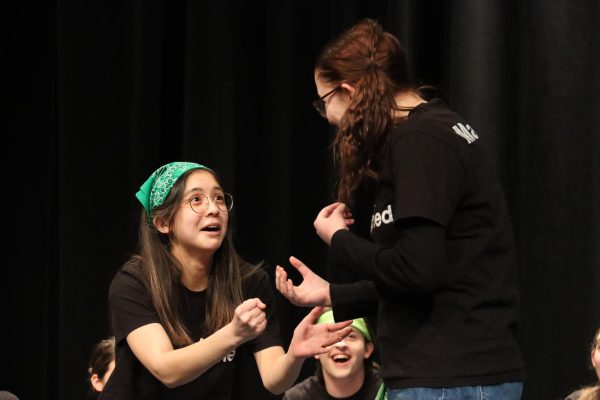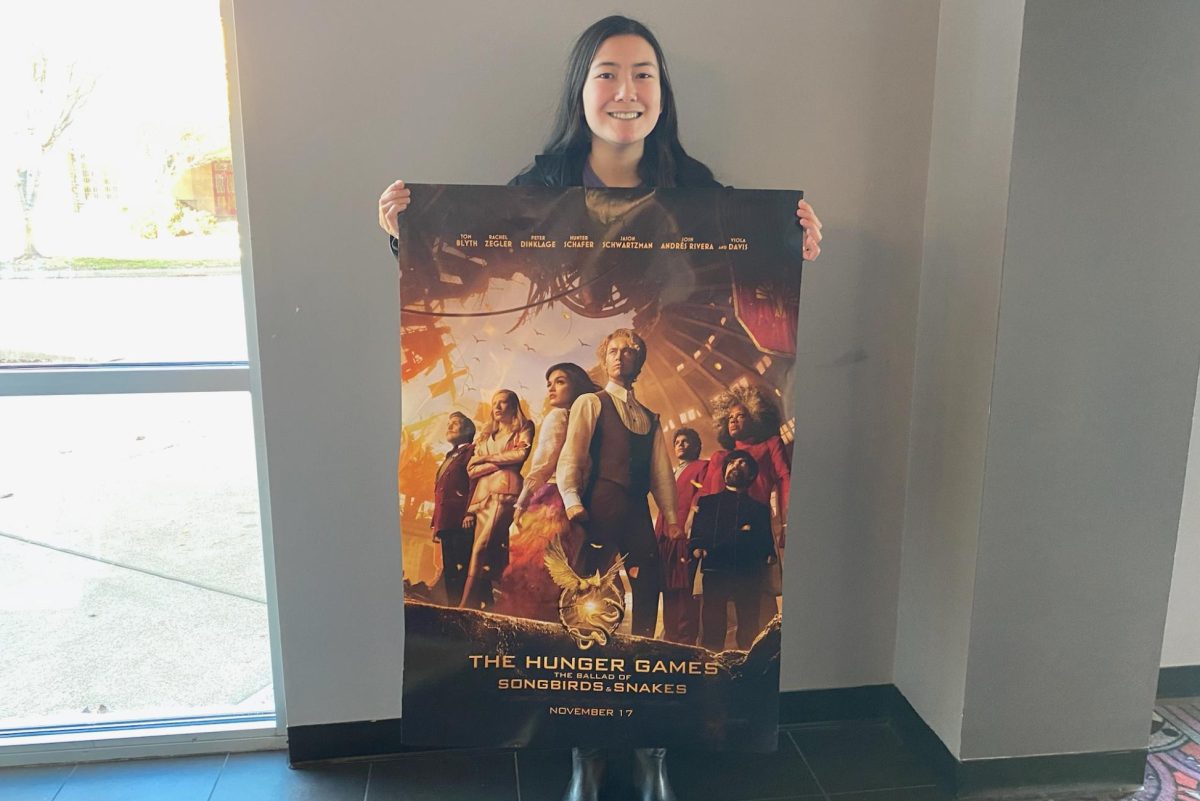Third in line for Microsoft’s 2012 Summer of Arcade extravaganza, Tequila Works’ Deadlight has just recently been released. It’s a 2D puzzle platformer, with a similar visual style to LIMBO meshed with Shadow Complex, and it follows Randall Wayne as he travels through a zombie-infested 1986 Seattle in an attempt to reach his family. Unless you’re over the zombie craze, all of that sounds like it should be pretty interesting, but basic design flaws and simple player-unfriendliness make Deadlight more frustrating and boring than it should be.
I usually spend some time talking up the story of whatever piece of media I cover, but Deadlight is just not innovative or even truly enjoyable on the narrative front. As Randall runs through husks of buildings and rainy streets, he narrates and comments on the state of the world and give brief glimpses of his past to the player. His voice acting is decent enough, but the writing is too clichéd to make anything stand out. One endgame revelation (I’m talking the final cutscene) gives him a bit more depth, and retroactively makes him a sliver more interesting, but at that point, I was so done with everything the game was giving to me that I couldn’t care less.
The other characters are even less intriguing and memorable. The Ratman lives in the sewers beneath Seattle and has constructed a labyrinth to test those he believes may be worthy to live, but his dialogue and voice acting are just plain bad. Randall’s wife and daughter aren’t present throughout the experience, which makes sense given that his search for them is what leads him forward, but they aren’t characterized before we really meet them and thus we don’t care whether or not Randall finds them.
The only other female character, a woman named Stella, turns into Ashley from Resident Evil 4 during a late-game escort mission. She dies quickly, constantly screams asking for help, whines about the tiniest obstacles and only really helps Randall in two instances. Sometimes I think that post-apocalyptic games would be better with fewer characters, so as to amplify the protagonist’s loneliness. Deadlight provides me with more than enough evidence to show that that could be a good idea.
The gameplay that moves Deadlight forward is fairly simple, but it’s hindered by clunky controls and occasionally frustrating scenarios. Funnily enough, more than just being an easy way to describe the game’s visual style, Deadlight is also similar in gameplay to Playdead’s LIMBO. In Deadlight, the player can run, jump, move boxes around, attack with a small variety of weapons, hang off edges, and all sorts of other things, which is just a few more options than in LIMBO.
The difference is that, while LIMBO is incredibly difficult and mentally taxing (and about as long as Deadlight is, at around 2-3 hours), it has more appropriate controls and has a certain respect for the player and the player’s time. Both games involve a lot of trial-and-error puzzles, which will prove frustrating to some, but LIMBO makes it so that each of the character’s horrific and brutal deaths is quick, as is their respawn, so as to not waste the player’s time.
Deadlight, however, involves similarly dastardly environmental puzzles, but every time Randall drowns, jumps into spikes, is eaten by a zombie (or a Shadow as they are called in the game), or falls just too far, it takes a couple seconds too long and it’s nowhere near as viscerally pleasing as it should be. Not only that, but the load times of 5-10 seconds are even more excruciating, and EVEN AFTER THAT, the game drops you to checkpoints that are spread too infrequently throughout the game’s gauntlet of challenges.
In LIMBO, when you die in the middle of, say, running from a giant spider in the forest just after untangling yourself from its web, and you suddenly die as the spider catches up to you, you don’t have to untangle yourself again. In Deadlight, metaphorically speaking of course, you would. You repeat puzzles and jumps with the same shoddy and slow controls just to get back to the part where you died, and then likely fail again before you understand what you have to do. Then you sit through Randall’s slow death, the relatively long load times, the puzzle you figured out five minutes ago and solved seven times, and then you’re back where you were. There’s no other way to say it: that’s just poor design.
The only strength I can say that the game has is in its presentation. The game’s style, which is slightly evocative of the previously mentioned LIMBO, is effective and engrossing, and it really sells the comic book style the game is going for, narratively speaking. The game also has some fairly tense set pieces, though they are marred by the controls that are often doing precisely what you don’t want them to be doing.
One scene was clearly inspired by the excellent browser/iOS game Canabalt, complete with electronic music and glass-crashing throughout, but every death results in another load time and back to the most aggravatingly placed checkpoint in the game. Speaking of the music, in the few moments that the score ascended from just being background noise to fuelling the experience, it was surprisingly well done. Of course, I have to mention the voice acting again, as it fits under this category and is one of the weaker parts of the product.
In case you couldn’t tell, I didn’t enjoy my time with Deadlight. It wasn’t my most anticipated game of the Summer of Arcade bunch (only two weeks until Dust: An Elysian Tale!), but I saw potential in its approach to the zombie craze. It really does suck that I was let down at almost every point in this game, with only a few moments standing out as noteworthy. The fact is that $15 is too much to pay for this short, disappointing experience.

